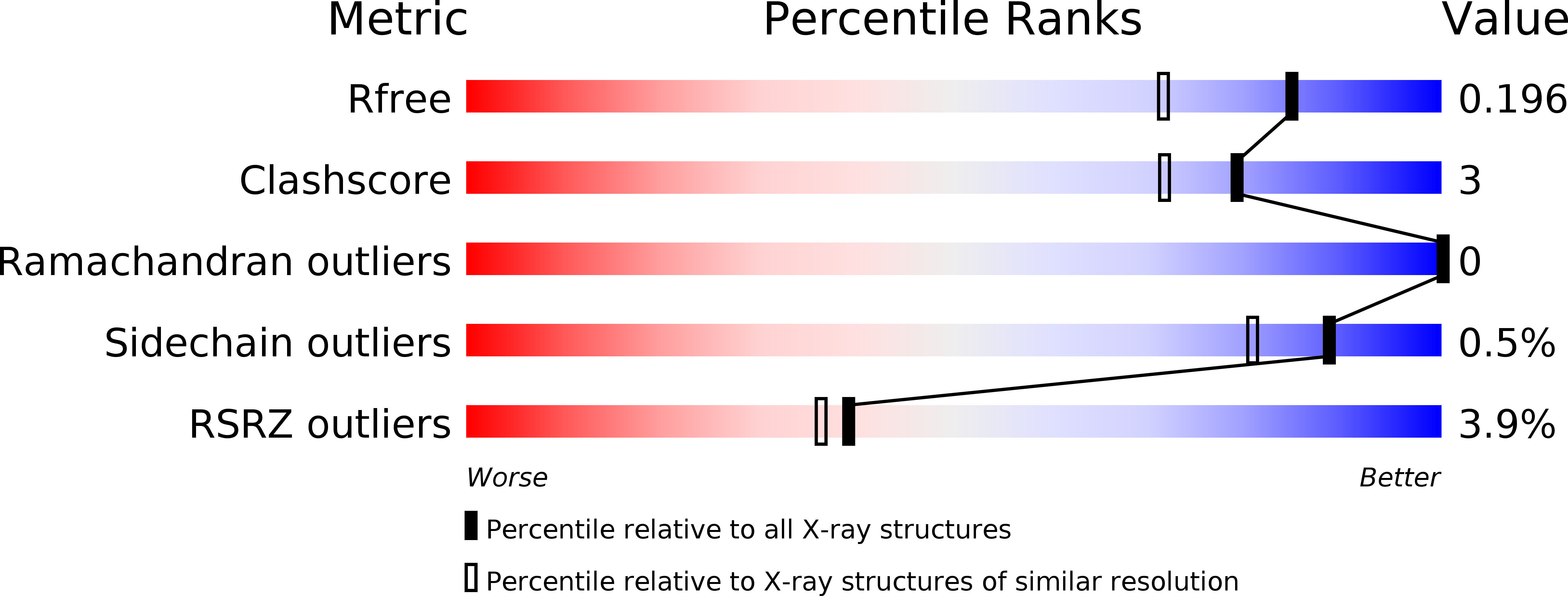
Deposition Date
2017-02-04
Release Date
2017-05-24
Last Version Date
2024-11-06
Entry Detail
PDB ID:
5N10
Keywords:
Title:
Cucurbit[8]uril and 14-3-3 based binary bivalent supramolecular-protein assembly platform
Biological Source:
Source Organism:
Homo sapiens (Taxon ID: 9606)
Host Organism:
Method Details:
Experimental Method:
Resolution:
1.60 Å
R-Value Free:
0.19
R-Value Work:
0.16
R-Value Observed:
0.17
Space Group:
C 1 2 1


